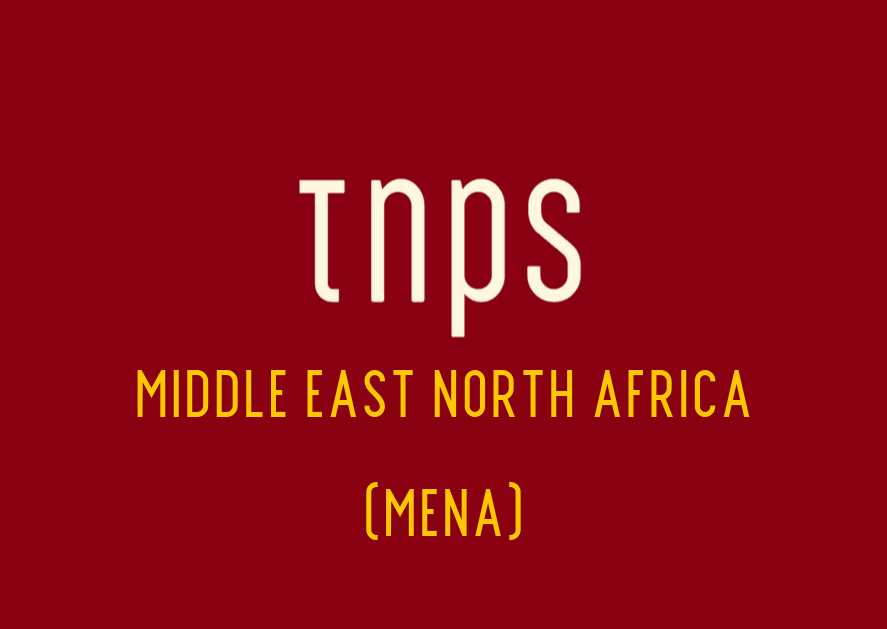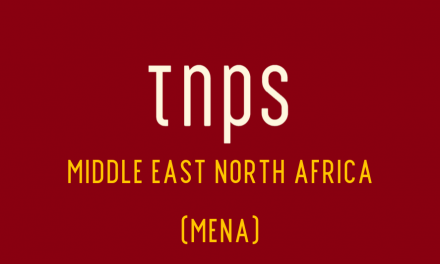“The Western reader devotes 200 hours of his time each year to reading, while the Arab reader does not exceed a few minutes annually.” Clearly the idiot who wrote that has never been near an Arab book fair. In 2023 the second and fourth largest book fairs by footfall were in Arab countries.
It’s been a relatively quite year for Arab publishing. At least, as measured by footfall at Arab book fairs and festivals. Sharjah inexplicably pulled in “only” 1.27 million visitors this year – a number unimaginable to most western book fairs and festivals, but a massive drop on the 2.17 million that attended in 2022.
Similarly, Oman’s Muscat International Book Fair this year dropped a half million visitors. Again, most western book events could not begin to imagine pulling in a half million visitors, let alone taking a 500,000 drop in attendance and still clocking a half million footfall.
Per previous TNPS reportage, children’s book were most in demand at the UAE’s Al-Ain Book Festival in Abu Dhabi which ran November 19-25.
Last week the footfall figures for that event were confirmed, with 95,000 people visiting the festival.
Organised by the Abu Dhabi Arabic Language Centre (ALC), the 14th edition saw a 27% increase on last year’s visitor count.
The fest, which hosted more than 400 events and 500 workshops, across nine locations in Al Ain city, originated as the Al-Ain Book Fair in 2009, but rebranded as a festival in 2022. By embracing a festival cloak the event has expanded its appeal while still meeting the needs of publishing houses, authors and readers.
In the words of ALC Chairman Dr. Ali Bin Tamim, ALC Chairman, “The remarkable success of the Al Ain Book Festival for the second consecutive year in its renewed format, stresses the effectiveness of the activities and tools employed by the ALC to enhance the presence of the cultural community.“
Per Gulf Today, “The AABF 2023 concluded with the observation of Space Day, where festival goers met with Emirati astronauts Sultan Al Neyadi and Hazza Al Mansouri. They shared their experience in space with the public.”
Okay, so not every book fair and festival can bring astronauts to the show, but what’s important here is that almost 100,000 attended this event – a book festival in an Arab country.
Earlier this year the Rabat International Book Fair in Morocco pulled in “only” 240,000 visitors. “Only,” in that when, pre-Covid, the event was held in Casablanca a half million visitors was more usual.
So just to be clear, a book fair in Morocco sees footfall plummet by 50% and still it pulls in almost a quarter of a million visitors. So much for the widely accepted notion that Arabs don’t read.
That’s a misconception TNPS has been challenging since we launched way back in 2017.
And at the start of this year we picked up that theme again.
That same month, January 2023, Al Ahram Daily (via MiddleEast24) had reported
“The book industry statistics in the Arab world show that what is produced by all the Arab countries combined is less than what is produced by a single European country such as Spain. The report issued by the Arab Thought Foundation confirmed that the comparison between the level of reading in Arab and Western countries is in the interest of the Western reader, as he devotes 200 hours of his time each year to reading, while the Arab reader does not exceed a few minutes annually.”
Clearly the idiot who wrote that has never been near an Arab book fair. In 2023 the second and fourth largest book fairs by footfall were in Arab countries.
Coming in second after the Ekushey Boi Mela in Bangladesh (6 million visitors), Egypt’s Cairo International Book Fair pulled in 3.6 million visitors this year, Madrid attracted 3 million visitors, and in Algeria the Algiers International Book clocked 2.7 million, just ahead of Kolkata, India, with 2.6 million.
Sharjah’s 1.27 million footfall put it comfortably ahead of the one million Arab events like Riyadh.
Tracking known visitor numbers for Arab book fairs, let alone revenue numbers, is a somewhat inexact science, and sometimes no statistics show up at all, or only from previous events.
For example I can confirm the Kuwait International Book Fair pulled in 360,000 visitors this year, compared with 380,000 last year. Jordan typically pulls in 150,000, but no figures for 2023 that I can find. Baghdad was pulling in one million visitors in 2019 and 2020, but no numbers that I can see for this year.
But even the smaller international Arab book fairs like Beirut, Tunis, Palestine, Yemen, Doha/Qatar, Manama/Bahrain, etc, let alone the major secondary fairs like Jeddah, now underway in Saudi Arabia, all add substantially to the final count and show beyond doubt that Arabs love to read.
Taking just the confirmed numbers from Cairo (3.6 million), Algiers (2.7 million), Sharjah (1.27 million). Riyadh (1 million), Kuwait (360,000) and Rabat (240,000) comes to over 9 million. And that’s before we even begin to factor in the unconfirmed big players like Iraq’s Baghdad International Book Fair, the smaller international events like Jordan (usually 150,000) and Doha, Manama, Palestine and Beirut, and events like the Abu Dhabi International Book Fair, the Sharjah Children’s Reading Festival, the Emirates Literary Festival, etc, etc.
In a quiet year for Sharjah, Rabat and Muscat, ten million visitors to Arab book fairs in 2023 is clearly a conservative estimate.



